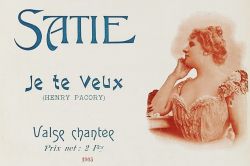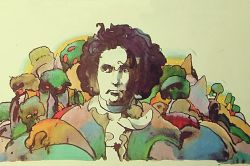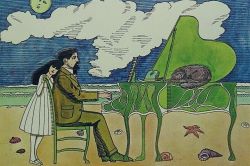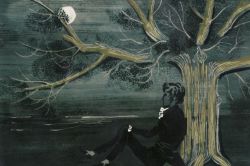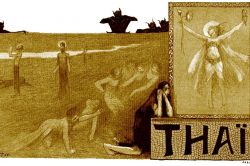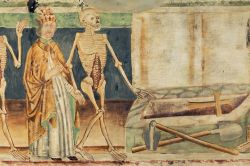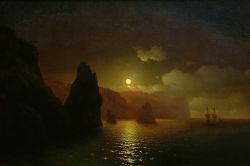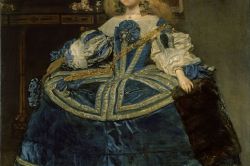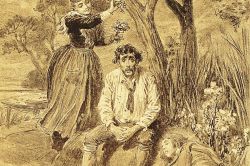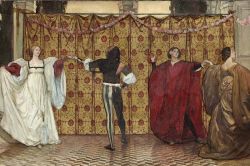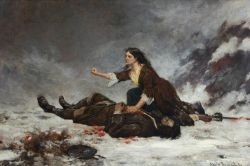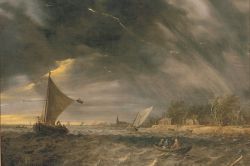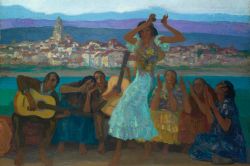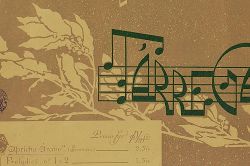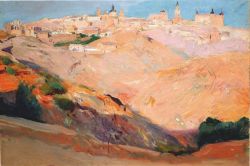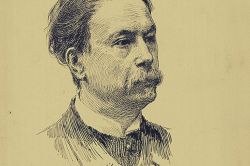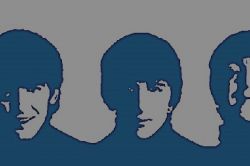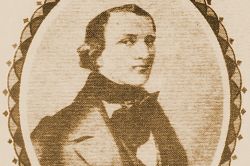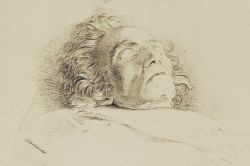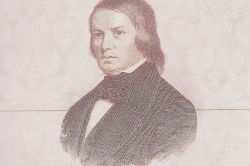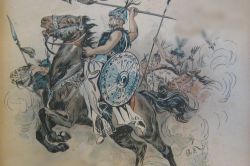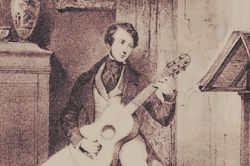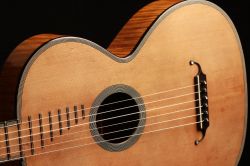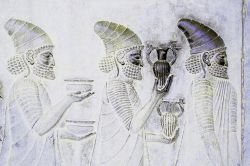Romantic
The Romantic period began around 1830 and ended by the early 1900s. During the Romantic era, the rigid forms of Classical music gave way to greater expression, while music themes grew closer to art, literature, and theatre.
Composition methods and ideas became more and more inventive until the musical rules had to be rewritten, and the scene was set for the biggest change in music in centuries—the beginning of Modernism.
Giselle at the Old Paris Opera,1867:

Some Romantic composers drew parallels between music and poetry, their rhapsodic and narrative structures, while creating a more solid system for both composition and performance. There was an increasing focus on melodies and themes, as well as an explosion in songwritings.
During the Romantic period, the piano gained such popularity, it became not only a must-have household instrument but also an actual musical symbol of Romanticism itself. The orchestra grew to be the favorite large performative body of the century. Added were the English horn, the clarinet, more brass and percussion. Opera was also a major medium of expression.
Chopin Concert by Henryk Siemiradzki:
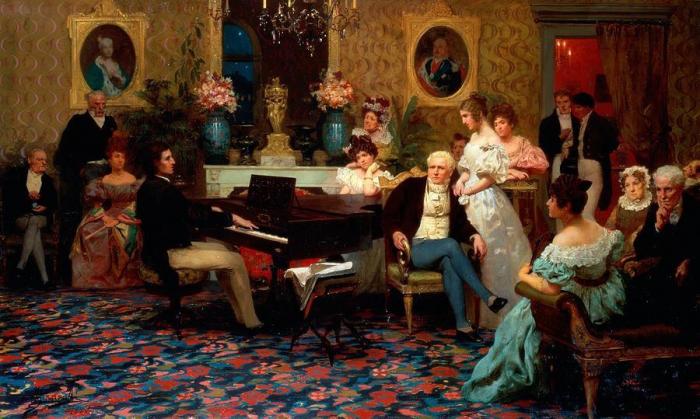
Prominent Romantic composers: Ludwig van Beethoven, Niccolò Paganini, Gioachino Rossini, Franz Schubert, Felix Mendelssohn, Frédéric Chopin, Robert Schumann, Giuseppe Verdi, Bedřich Smetana, Anton Bruckner, Johannes Brahms, Georges Bizet, Modest Mussorgsky, Pyotr Tchaikovsky, Antonín Dvořák, Edvard Grieg, Gabriel Fauré, Giacomo Puccini, Hugo Wolf, Jean Sibelius, Edward Elgar, Camille Saint-Saëns, and Isaac Albéniz.

